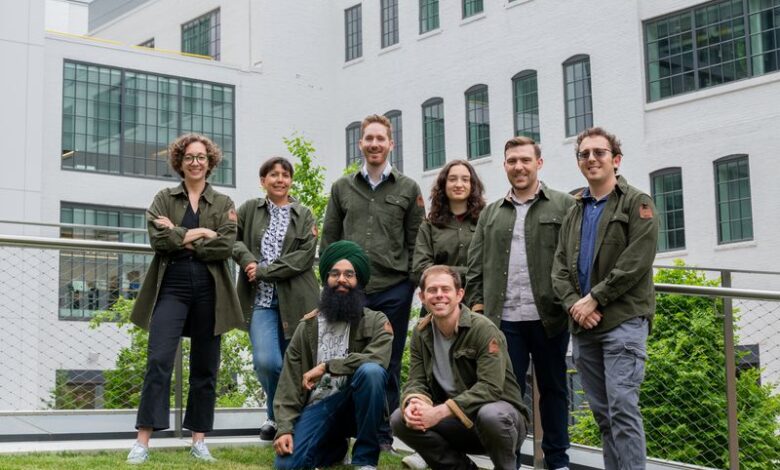Foray Bioscience is breaking down the barriers of bringing biomanufacturing to plants

Ashley Beckwith spent years of her academic and professional career focused on the intersection of biology, materials and manufacturing to build medical solutions more efficiently. When she realized the tech could be applied to plants and plant-based materials, an area that desperately needed it, she decided to switch gears.
“Life on earth is only as secure as our global plant populations, and today our plant populations are really in crisis,” Beckwith told TechCrunch. “Nearly 40% of our plant species are threatened by extinction. Forest landscapes unscathed by humans shrunk 12% [in 2022]. These plant resources are being squeezed on all fronts.”
Beckwith took what she knew about biomanufacturing, the process of using microorganisms and cell cultures to produce biological molecules and materials on a commercial scale, and launched Foray Bioscience in February 2022. The company uses biomanufacturing to grow harvest-free plant-based materials, seeds and molecules.
Biomanufacturing has been around for about 100 years, Beckwith said, but it hasn’t had many practical use cases for plants thus far. Because each plant species is so different, there wasn’t a one-size-fits-all approach to cultivate cells, which made biomanufacturing with plant cell cultures laborious. Foray looks to change that through its database approach; it provides predictive insights and experimental direction to help speed up the research and development process for each plant species.
“At Foray, we are developing these advanced tools for plant-less production to ask less of these resources and start to give back more,” Beckwith said.
The Cambridge, Massachusetts-based startup raised a $3 million seed round led by ReGen Ventures, an Australian firm focused on backing technology that helps restore the planet’s resources. Engine Ventures, Understorey Ventures and Superorganism also participated in the round. The startup has now raised $3.875 million in total funding and plans to build out its team.
Beckwith said that it took a while to fundraise the round because what the company is trying to do doesn’t fit squarely into one category but rather at the intersection of many, from manufacturing to biology to conservation. This “odd ball” feeling is something Beckwith is used to running up against. She said that the reason she launched the company to begin with is that there wasn’t a natural home for the research she was doing in plant biomanufacturing.
“I was in this weird cross-disciplinary bubble,” Beckwith said. “That was really apparent to me when I got toward the end of my PhD. If this research was going to move forward and progress, I had to carry it forward into the next iteration of itself. Because of the newness of the field, there wasn’t really a home for it in the academic setting or manufacturing setting. We had to make our own space.”
She described taking the science out of the lab and launching the company as a “long journey.” The startup currently is working with other companies to help them set up their biomanufacturing by designing their clients a research and development roadmap and helping them develop commercialization strategies.
Beckwith also has a vision that this work will allow Foray to create a genetic banking system for plant seeds, especially those that aren’t easy to document, and allow new seeds to be grown from just a few cells. This will help with conservation efforts, too.
There are many parallels between Foray’s tech and mission and the rise of lab-grown meat and seafood. While the science isn’t exactly the same, Beckwith said, both have the same goal of replacing products and resources that humans are used to getting from nature with a lab-grown option that’s less harmful to natural environments. While lab-grown meat is a little further along in the journey, Beckwith is optimistic about Foray’s future.
“With the scale of the growing human population, and our growing demands on natural resources, it’s really important for us to be as efficient with those natural resources as possible so we can keep them around for the long term,” Beckwith said. “This tool really allows us to move past the natural constraints that exist in the wider world and get more from less so that we can reduce our footprint on these natural resources, but still have access to the goods we need to survive as a society.”
Source link



